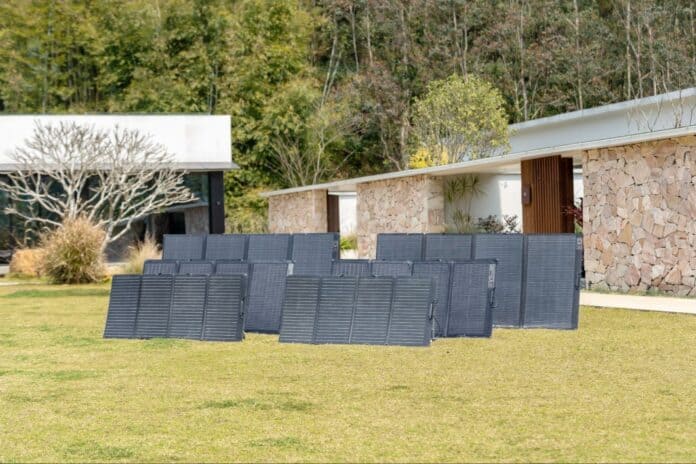As the world continues to press for more solutions to address climate change, switching from fossil fuels to renewable energy has become a top priority for many institutions and individuals worldwide.
Solar power leads the quest for clean, reliable, and affordable electricity for homes, businesses, and vehicles.
Residential solar energy systems are revolutionizing how we power our homes and reducing the carbon footprint (and electricity bills) of millions around the globe.
By now, most people know a thing or two about solar power — but there’s so much more to learn!
This blog explores 25 unbelievable facts about residential solar energy.
From the outstanding efficiency of emerging technologies to the impact on our environment and economies, these facts might surprise you — and make you consider a switch to solar (if you haven’t already).

1. The amount of solar energy that reaches the Earth in one hour is enough to power the entire world for a year.
The sun’s power is immense: solar energy reaching the Earth in just one hour could fuel our entire planet for a year. This astounding fact showcases the virtually limitless potential of harnessing sunlight for a more sustainable, energy-efficient future.
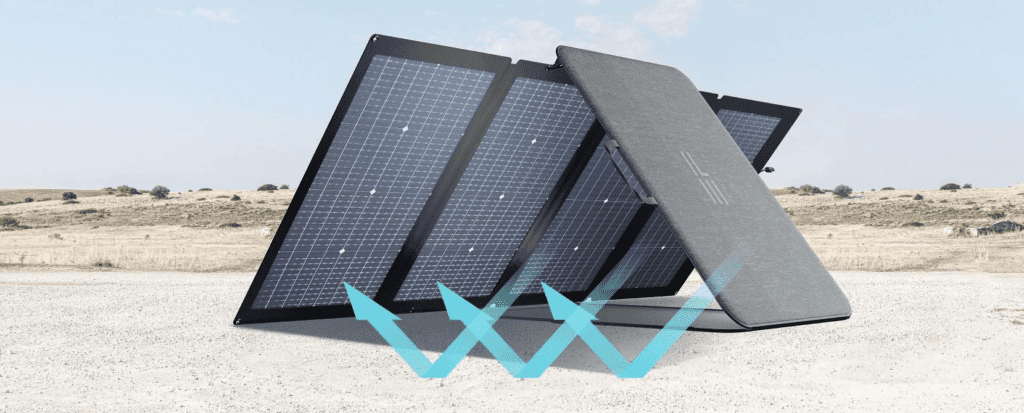
2. Solar panels can still generate electricity on cloudy days.
People often assume solar power is only a worthwhile investment for those living in sunny regions. In reality, photovoltaic (PC) solar panels still generate electricity even on cloudy days and work across a wide range of climates. Some technologies, like bifacial solar panels, capture ambient light from the front and back using two PV panel faces, improving performance in overcast conditions.

3. Solar panels have seen sizeable increases in efficiency since their invention.
Residential solar panel efficiency has increased from +/- 10% in the 1950s to over 20% today. Some residential PV panels reach up to 24% efficiency. Solar panel efficiency measures how much of the sun’s rays the panel receives are converted to electricity. The higher the efficiency rating, the more electricity you can generate with the available sunlight.
With new and developing technologies on the horizon, residential solar panel efficiency will likely exceed the current high water mark of around 24%.

4. Solar energy can be stored in batteries during nighttime or power outages.
You can use solar energy as your system generates electricity, but with off-grid systems — like portable power stations — you aren’t limited to using it when the sun is shining. Solar batteries store electricity generated during the day for nighttime use. They can also provide backup during a blackout.
With sufficient energy storage capacity — measured in watt-hours (wH) or kilowatt hours (kWh), you’ll never run out of electricity when you need it the most.

5. Solar panels are the fastest energy source to set up.
Unlike many other methods of off-grid energy production — such as wind turbines and fossil fuel generators — PV panels are relatively easy to install and have few restrictions on where they can operate.
For example, fossil fuel generators must be installed at a safe distance from your home due to toxic emissions, operating noise, and other safety restrictions. If you’re using a gas generator large enough to power your home, you may need to pour concrete on your property to support the installation.
With solar, you can install a whole home generator anywhere inside your house, and depending on the size of your solar array, installation can be completed in a few hours.

6. The average solar payback period for a residential system is between 6 and 9 years.
The average payback period for residential solar energy systems usually ranges from 6 to 9 years, depending on installation costs and savings on your electricity bill. As photovoltaic panels and balance of system costs continue to decline, the payback period decreases. This quick return demonstrates the long-term financial benefits of switching to a more sustainable lifestyle.

7. Solar panels have a life expectancy of 25 – 30 years.
Solar panels boast a life expectancy of 25 to 30 years, ensuring a long-lasting source of clean, renewable energy for homeowners. The durability of PV panels in any climate reinforces solar power’s viability as a sustainable, cost-effective solution for residential electricity needs.

8. Solar energy systems require little to no maintenance.
Solar energy systems stand out for low maintenance requirements, offering homeowners a hassle-free, renewable energy solution. This ease of upkeep contributes to the practicality and cost-effectiveness, making it a favorable choice for residential use.

9. Residential solar energy systems can increase the resale value of a home.
Residential solar energy systems can positively impact a home’s value. In the US, homeowners can see a $20 increase for every $1 saved on utilities. It’s enticing for prospective buyers who appreciate the benefits of sustainable power and potential energy savings.

10. Most photovoltaic panels are made from silicon, Earth’s second most abundant element.
Most photovoltaic panels are made primarily from silicon, the second most abundant element on Earth. Using an everyday material ensures the accessibility and sustainability of solar technology, making it a viable option for widespread renewable energy adoption in residential applications.

11. Solar panels don’t only have to be rooftop installations.
While rooftop installations are typical for solar panels, they’re far from being the only option. You can also set them up on the ground or integrate photovoltaics into building materials like windows and tiles. Portable solar panels let you circumvent permanent installation altogether.

12. Solar technologies paired with electric vehicle chargers can power your car with clean energy.
Integrating solar panels with EV chargers offers an innovative approach to clean energy transportation. By converting sunlight into electricity, residential systems provide an eco-friendly, sustainable solution for powering electric cars and reducing greenhouse gas emissions. Some solar batteries that store electricity can also recharge using EV stations.

13. Solar panels are not just for homes; they can also power boats, RVs, and remote cabins.
PV panels offer versatile applications beyond traditional residential and commercial use. They can efficiently power boats, RVs, sheds, and remote cabins, providing clean energy solutions for various off-grid scenarios. The technology is adaptable to multiple applications.

14. Advances in solar panel technology have led to thin-film solar cells, which are lighter and more flexible than traditional crystalline panels.
Modern photovoltaic technology has evolved to include thin-film solar panels, which boast a lighter and more flexible design than traditional crystalline panels. Thin-film, flexible panels mold to irregular surfaces using adhesive and help to maximize available exterior areas on rooftops, vans, and RVs.
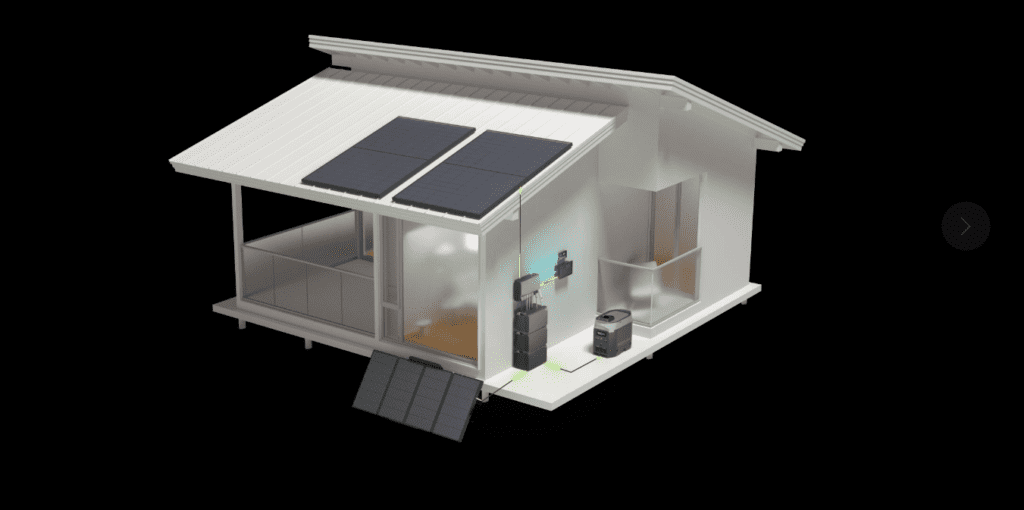
15. Solar energy is an excellent option for off-grid living, providing electricity to remote locations.
Solar energy is an ideal solution for off-grid living, enabling electricity generation in remote locations without grid access. Individuals can create off-grid builds with eco-friendly energy systems by harnessing the sun’s power, promoting sustainability and energy efficiency even in the most isolated areas.

Source: National Renewable Energy Laboratory
16. Perovskite cells have the potential to achieve even higher efficiency levels than current crystalline silicon panels.
Perovskite solar cells represent a promising emerging technology with the potential to surpass current crystalline silicon panel efficiency levels. Named for their crystal structure, they’re high-performance and low-cost. As research progresses, this breakthrough may significantly advance renewable energy capabilities, paving the way for even more effective renewable power solutions.

17. Photovoltaic panels can use recycled materials, making them more sustainable and reducing environmental impact.
Photovoltaic panels can incorporate recycled materials during manufacturing, enhancing sustainability and minimizing environmental impact. This eco-conscious approach contributes to the closed-loop lifecycle of photovoltaic technology, supporting a greener future and responsible resource management.

18. Solar shingles can generate electricity while seamlessly integrating with your home’s design.
Solar shingles present a groundbreaking roofing solution. They generate electricity, but the design blends in with your home’s rooftop design. This inventive approach combines aesthetics and functionality, allowing homeowners to embrace renewable energy without compromising their home’s appearance.

19. Some PV panels can operate underwater, providing potential applications for floating solar farms or marine-based systems.
Some photovoltaics can function underwater, opening up possibilities for floating solar farms and marine-based systems. This remarkable capability illustrates photovoltaic technology’s vast potential and versatility in diverse environments.

20. PV panel recycling programs are being developed to ensure responsible management for end-of-life panels, preventing waste and recovering valuable materials.
Photovoltaic panel recycling programs focus on responsible end-of-life management, curbing waste, and reclaiming valuable materials. These initiatives demonstrate a commitment to sustainability within the solar industry, fostering circular economy practices and promoting long-term environmental stewardship.

21. Research is underway to develop transparent PV panels.
While black panels are a common sight in photovoltaics, ongoing research explores the development of transparent PV panels. These have numerous potential applications, including windows and glass panes that act as power-generating surfaces. This cutting-edge technology could revolutionize urban energy generation, unlocking new possibilities for renewable energy integration in modern architecture.

22. Photovoltaic panels designed to mimic the appearance of traditional roofing materials, like tiles or slate, allow for better aesthetic integration into homes.
One reason some people hesitate to switch to photovoltaics is their appearance. However, cleverly designed photovoltaic panels can resemble traditional roofing materials, such as slate tiles. It allows for an aesthetically more subtle integration into homes. This innovative approach enables homeowners to adopt renewable energy without compromising their property’s visual appeal.
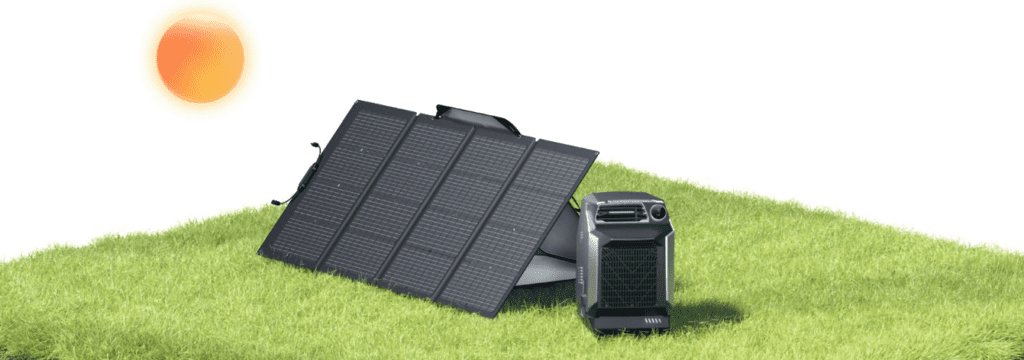
23. Solar-powered cooling and heating systems are being developed to provide energy-efficient air conditioning for residential homes.
Solar-powered HVAC systems are a promising solution for energy-efficient air conditioning in residential homes. Innovative AC appliances like the EcoFlow Wave use renewable energy to reduce electricity consumption and promote sustainable temperature control for a greener future.

24. Solar paint can transform surfaces into energy producers.
Solar paint represents a groundbreaking technology that can convert surfaces into energy collectors by applying a light-absorbent coating. This inventive approach has the potential to revolutionize renewable energy adoption, making renewable energy more accessible and versatile.
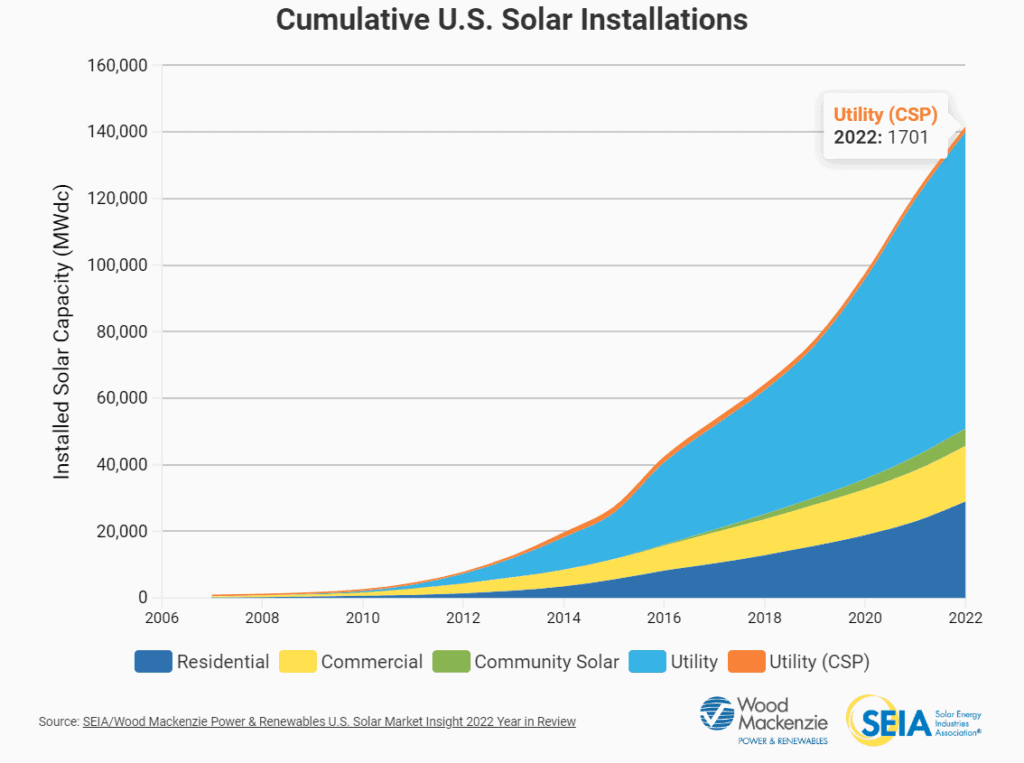
Source: Solar Energy Industries Association & Wood Mackenzie Power and Renewables
25. Demand for solar is at an all-time high
Demand for renewable energy has reached unprecedented levels, reflecting growing awareness and adoption of renewable power sources. With a 33% annual growth rate, this surge highlights the increasing recognition of renewable energy in combating climate change and fostering a sustainable future.

Final Thoughts
These 25 unbelievable facts highlight residential solar energy’s incredible potential and numerous benefits. They may even inspire you to consider renewable energy a viable and responsible choice for your home.
If you’re switching to solar, consider EcoFlow. We’re committed to empowering individuals and communities with the knowledge and tools to harness the sun’s energy efficiently and responsibly. We believe everyone deserves the right to access power and are dedicated to making this vision a reality.
Shop EcoFlow today for a wide range of options for residential solar energy. From solar panels to power stations and generators, we have it all. Whether you’re seeking the occasional backup power supply or a whole home renewable energy system, you’ll find it at EcoFlow.
By embracing residential solar energy, you can participate in this global movement towards a greener, more sustainable world.
